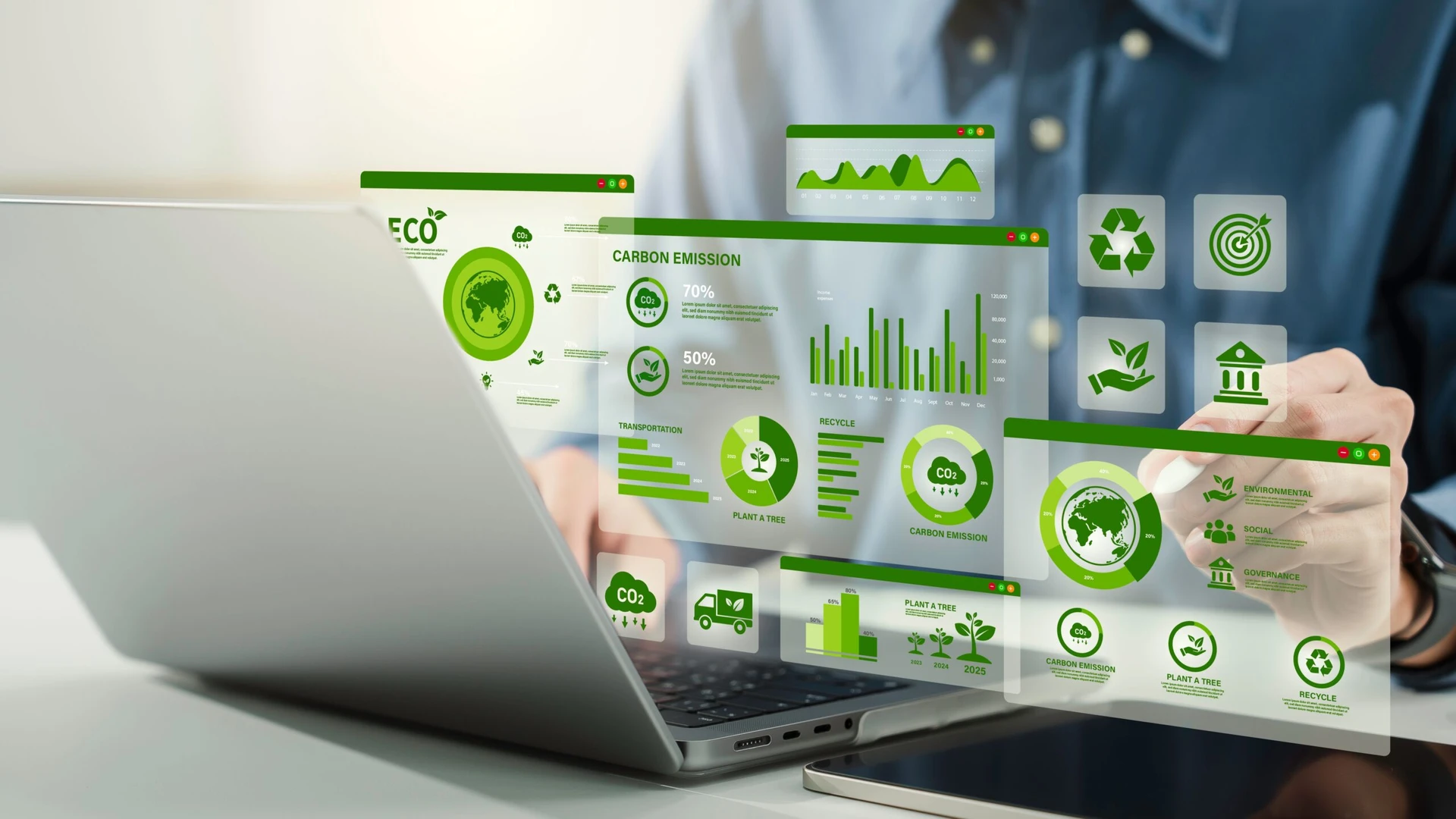Scoping & Boundary Definition
A robust carbon footprint starts with clearly defined boundaries. We work closely with clients to identify material emission sources and establish organisational and operational boundaries in line with the Greenhouse Gas (GHG) Protocol. This ensures consistency, transparency, and readiness for external assurance or reporting. Whether you’re calculating emissions for a single site or a complex portfolio, our approach lays the foundation for credible and decision-useful carbon data.
Our approach includes:
- Identification of material emission sources across Scope 1, 2 and relevant Scope 3 categories.
- Definition of organisational boundaries using equity share or control approaches.
- Operational boundary setting to determine which activities and assets are included.
- Alignment with GHG Protocol principles for consistency, completeness, and transparency.
- Support for assurance readiness through traceable methodologies and documentation.
- Custom scoping for specific reporting needs, such as SECR, ESOS, or net zero strategies.


